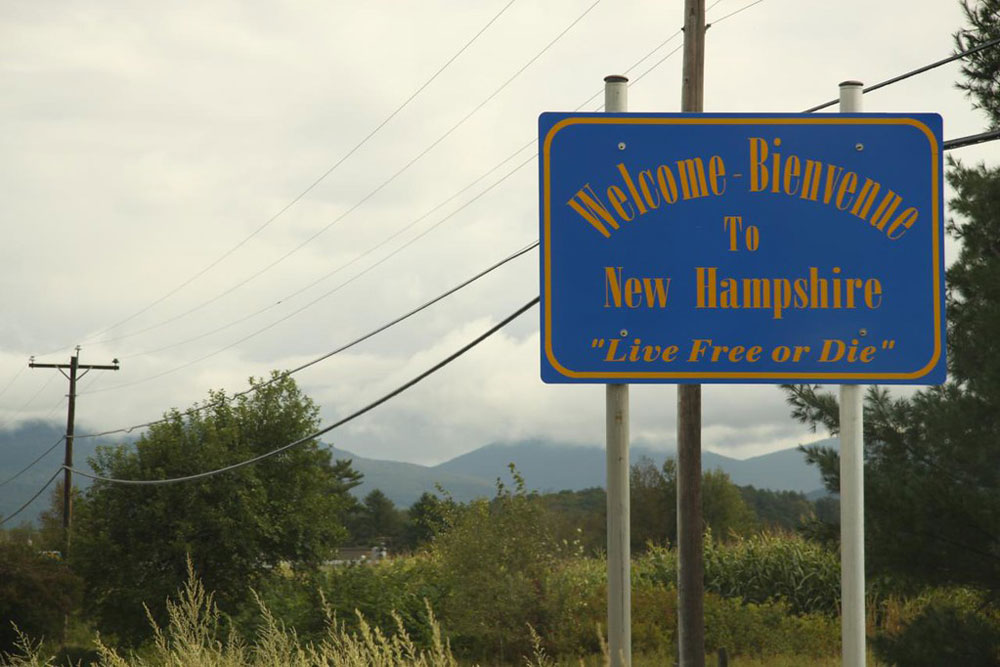
August 10, 2019; New Hampshire Union Leader
A new A newly released study by the New Hampshire Center for Nonprofits maps the state of the Granite State’s nonprofit sector. Based on data gleaned from the Internal Revenue Service’s Master Business File as of last December, the survey finds that New Hampshire is home to 2,590 nonprofit employers, who employ 83,453 people. Total revenue was $11 billion. The report adds that it focuses on registered 501c3 nonprofits, which constitute 76 percent of all tax-exempt organizations in the state.
All told, nationally, as NPQ noted last year, nonprofits contributed $878 billion to the economy in 2012 and employ 10.2 percent of the nation’s workforce. New Hampshire, at 15 percent of the state workforce, exceeds the national average.
There are some other interesting numbers in the survey. For instance, the survey found that 329,000 residents volunteer for nonprofits annually. Given that the state’s population is 1.36 million, that number works out to one in four residents and, assuming those volunteers are mostly adults, about three in ten adult residents. Again, this is above the national average of 23.5 percent.
Sign up for our free newsletters
Subscribe to NPQ's newsletters to have our top stories delivered directly to your inbox.
By signing up, you agree to our privacy policy and terms of use, and to receive messages from NPQ and our partners.
The report also puts a major focus on business models and tries to educate the public that not all nonprofits have the same business model.
To illustrate this, the report looks at eight nonprofits from eight different industries, examines their revenue breakdown as reported on their federal Form 990 filings, and anonymizes them. As the below chart displays—and is no surprise for NPQ readers—the revenue streams of nonprofits vary widely, with some mostly dependent on donations and foundation grants, others mostly dependent on government grants and contracts, and some mostly dependent on program revenue/earned income.
| Sample Nonprofit’s Industry | Donors / Foundations (%) | Govt. (%) | Program Revenue (%) | Investment Income (%) | Other Income (%) |
| Environmental Protection | 79 | 6 | 5 | 3 | 8 |
| Arts/Cultural Center | 65 | 1 | 4 | – | 30 |
| Homelessness | 69 | 14 | – | – | 17 |
| Housing | 33 | 15 | 48 | 1 | 4 |
| Youth | 16 | – | 50 | 6 | 28 |
| Statewide Human Services | 11 | 66 | 15 | 4 | 4 |
| Visiting Nurses Ass’n. | 3 | – | 94 | 3 | – |
| Addiction Treatment | 1 | 58 | 41 | – | – |
“We wanted to get some basic data out there to help people get a perspective on the whole,” Kathleen Reardon, CEO of the New Hampshire Center for Nonprofits, tells Mike Cote of the New Hampshire Union Leader. “I think we often talk about New Hampshire being about small business and business driving the economy, and that is very true. And nonprofits are also businesses that drive our economy that are really powerful forces.”
“They achieve their results with diverse funding models,” Reardon explains. “And so there’s no one typical nonprofit in how it is funded. You may look at an organization that is highly funded through government contracts, and that is the bulk of their funding. They get some fee for service, perhaps, as well as some contributions. A food kitchen might be very highly dependent on individual contributions and grants and philanthropy.”
Reardon adds, “I think many people implicitly understand that we rely on nonprofits in our lives and in our state pretty heavily. And yet I think oftentimes people think about the nonprofit sector in relation to the one that they are most familiar. And they misunderstand the diversity of organizations in our state and how they’re really integral to the social and economic vitality of our state.”—Steve Dubb











